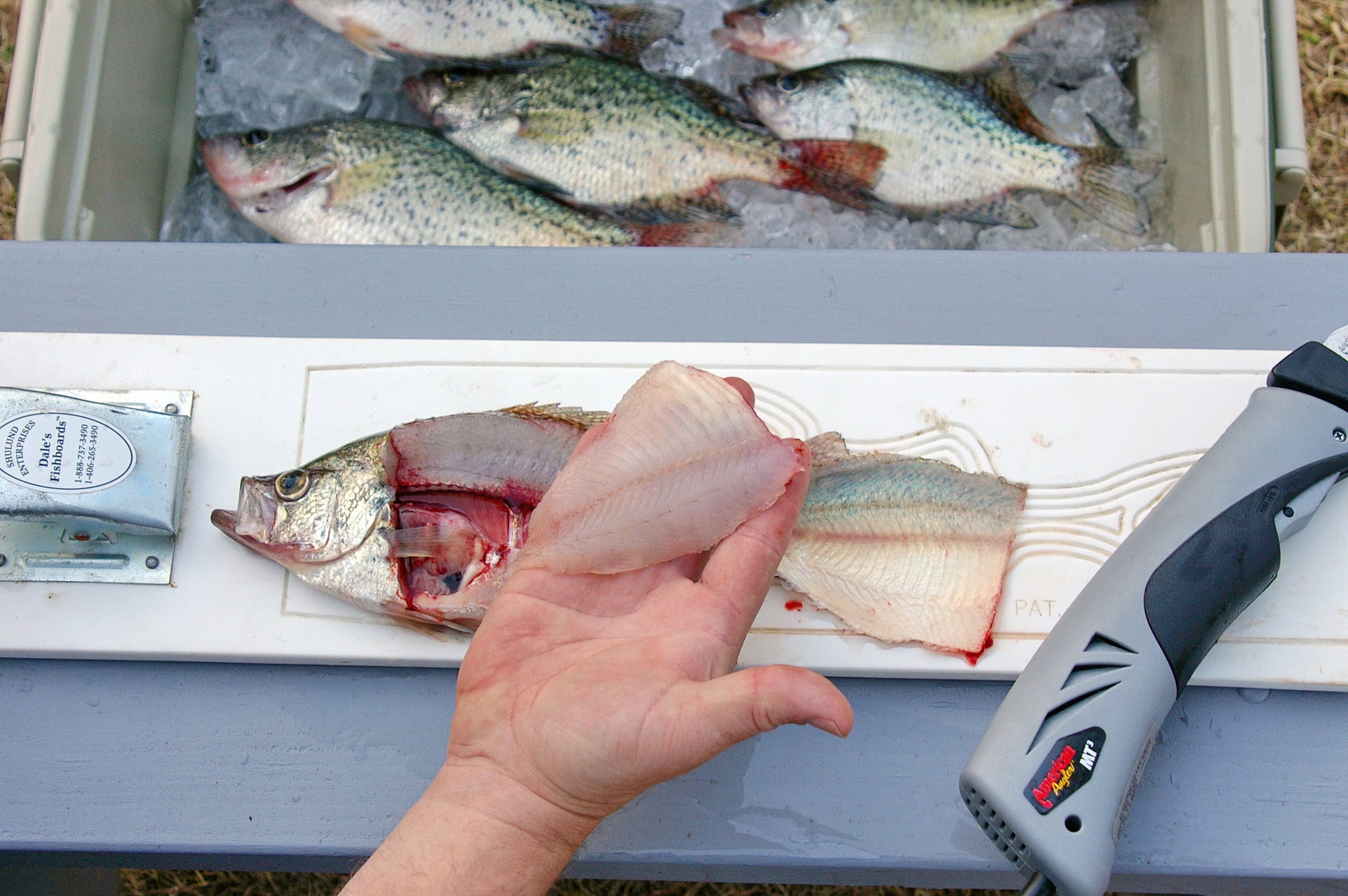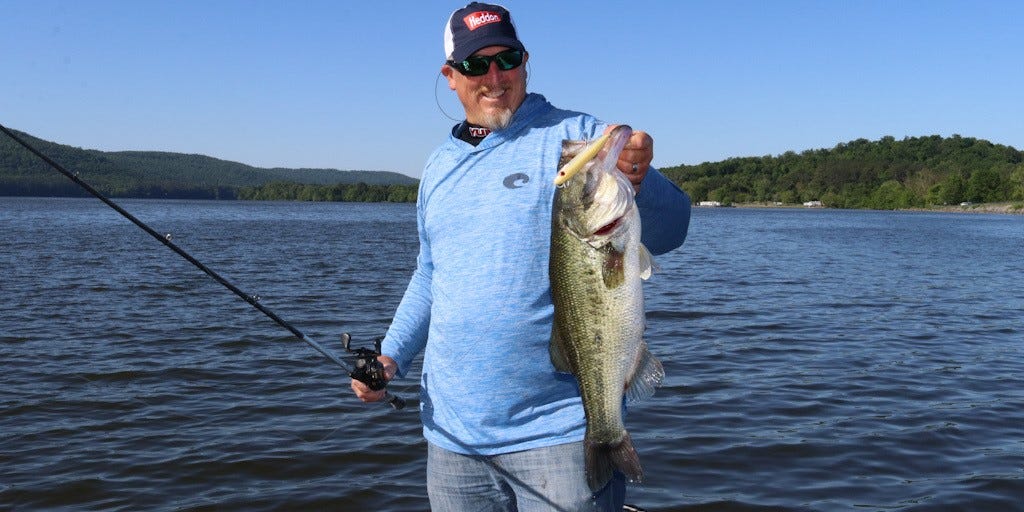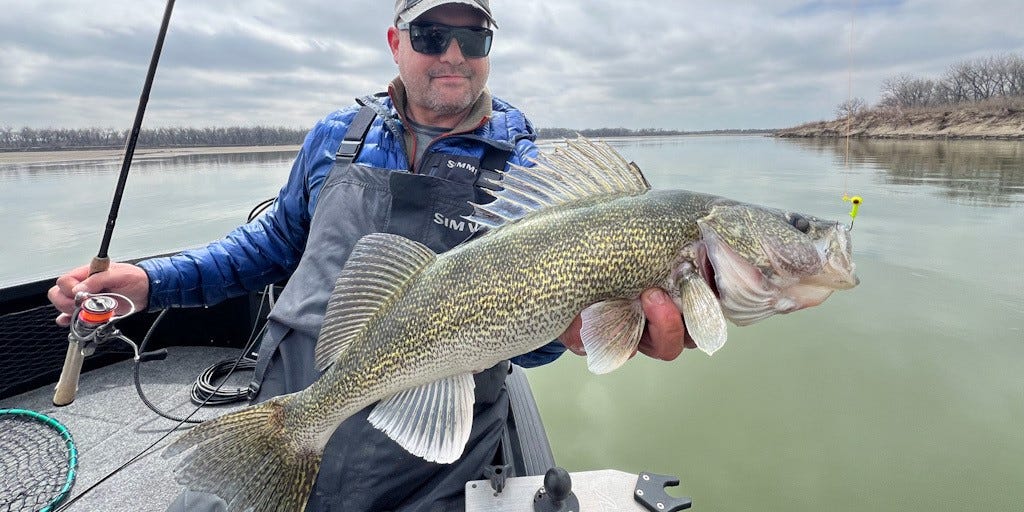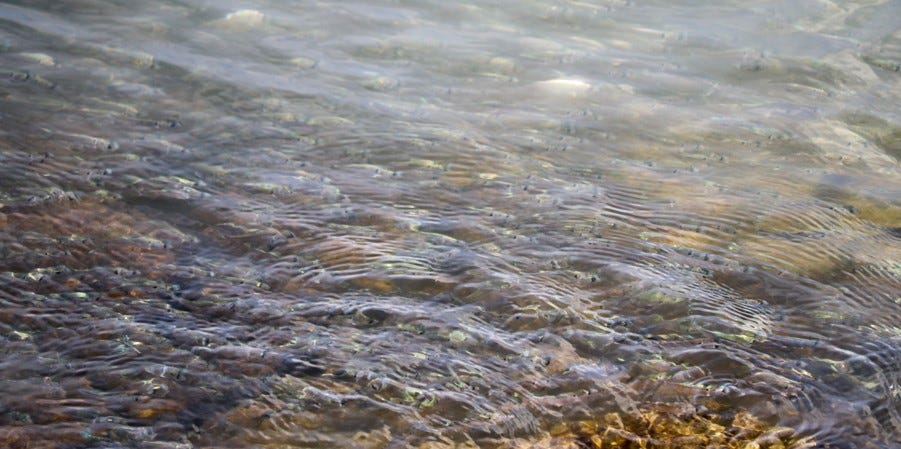- Aug 26, 2024
How to Fillet & Fry Fish Quickly & Easily
Learn the simple steps to fish cleaning and preparation, including practical tips for getting the best flavor and texture from your fresh catch and three great fish-frying recipes.


When it comes to the fish we catch, the shorter the time from hook to cook, the better the flavor. That’s why many of us fillet our catch and fry it up golden delicious the same day it was caught. The thin, boneless pieces of meat produced this way can be quickly deep fried, pan fried or stir fried to serve hungry family and guests.
How to Prepare Your Catch
Some prefer their fish pan-dressed—with skin, tail and bones intact. They don’t want to miss a single morsel, and pan-dressing eliminates the loss of the small meat pieces sometimes left behind when filleting.
This is simply done by scraping away all the fish’s scales using a table spoon or scaling tool, then using a sharp, heavy knife to remove the fish’s head. Angle the cut from the top of the gill cover to the rear of the pectoral and pelvic fins, removing these fins with the head.
Next, remove the entrails, rinse thoroughly with clean water inside and out, and you’re finished. Leave the remaining fins, the tail and skin on. These are delicious and enhance the already wonderful flavor of the fish.


For those who prefer their fish filleted, with no bones or skin, an electric, battery-powered or fixed-blade fillet knife will do the job quickly. Place the fish on a cutting board, then position your knife just behind the pectoral fin. Slice down toward the backbone, keeping the back of the knife angled upward. Avoid cutting into the backbone.


Next, turn the knife blade toward the tail and continue cutting, following the line above the back and belly fins. You’ll encounter some resistance as you pass through the ribs, but don’t cut too deep into the backbone. Continue cutting toward the tail until you’ve almost separated the fillet from the fish.


With the fillet still attached at the tail, flip it away from the body. Position the knife on the narrow part of the fillet and, while holding the fish down, slice between the meat and the skin to remove the fillet. To maximize the amount of meat, keep the cut close to the skin. Once the fillet is removed, place it on a sheet of wax paper with the rib cage still attached. Flip the fish over and repeat the process on the other side.


To finish, use the knife tip to remove the rib cage. Angle your knife close to the ribs and remove the bones. After rinsing the fillets, they’re ready to cook.
3 Ways to Fry Fish
Frying is one of the quickest and easiest ways to cook your catch, and there are several methods you can use. All will produce great-tasting fish. Here are three great frying methods.
Deep-frying


When properly done, deep-frying produces tender, delectable fish with a crisp crust. Unfortunately, many cooks neglect to follow the most important step – bringing the oil to a proper temperature before adding fish.
A temperature of 350-375 degrees is ideal. To determine when the fish is done, insert a fork in the thickest part and twist. Properly cooked fish flakes easily and is opaque and moist. Overcooking produces tough, dry fish.
Add fish to the oil one or two pieces at a time and allow the oil to return to the desired temperature before adding more. Add too much fish too soon and it will absorb oil and come out soggy.
The type of oil you use for deep-frying is a matter of personal preference, but many cooks prefer peanut, safflower or corn oils, which can be heated to a very high point (more than 500 degrees) without imparting a foreign flavor. If plain vegetable oil is used, be certain the temperature does not exceed 400 degrees.
You’ll need a fish cooker, deep fryer, wok or deep pot for cooking. To maintain the suggested 350–375-degree cooking temperature, you’ll also need a built-in cooking thermometer or one that clips to the side of the frypan. These are usually inexpensive and available at most grocery stores.
The cooking oil should be deep enough to cover the fish, but the pot should never be more than half full. Two or three inches are usually adequate. A deep pot full of oil is unstable and could cause serious burns if accidentally overturned.
When the fish is done, place it in a single layer on paper towels or brown grocery bags to drain. For the best flavor, serve immediately. The crust may become soggy if serving is delayed.
Recipe: Deep-Fried Fillets
- 2 pounds fish fillets
- Salt and black pepper to taste
- 1 cup buttermilk
- 1 large egg
- 1 cup all-purpose flour
- 1 cup cornmeal
- 1 teaspoon garlic powder
- 1 teaspoon onion powder
- 1 teaspoon smoked paprika
- Oil for frying
Rinse the fish fillets under cold water and pat them dry with paper towels. Season on both sides with salt and pepper.
In a shallow dish, whisk together the buttermilk and egg until well combined. In another shallow dish, combine the flour, cornmeal, garlic powder, onion powder, smoked paprika and a pinch of salt and pepper.
Dip each fillet into the buttermilk mixture, allowing any excess to drip off. Then dredge the fillets in the flour mixture, pressing lightly to ensure they are evenly coated. Shake off any excess.
Pour cooking oil into a large, deep skillet or fryer until it’s about 2 inches deep. Heat the oil over medium-high heat until it reaches 350 degrees F.
Place the coated fillets into the hot oil, a few at a time, making sure not to overcrowd the pan. Fry for 3-5 minutes on each side or until the fillets are golden brown, crispy and flake easily with a fork. Use a slotted spoon or tongs to remove the fillets from the oil and place them on a paper-towel-lined plate to drain any excess oil. Serve hot with tartar sauce and fresh lemon wedges. Serves 4-6.
Pan-frying


Pan-frying involves cooking the fish in a large skillet to which has been added a few tablespoons of butter or oil. Heat to the bubbly stage, add the fish, and cook, turning once, until nicely browned on both sides. If done correctly, the outside of the fish will get crispy, and the inside will be flaky and moist. Add oil or butter as necessary between batches of fish.
The pan-fry skillet should never be covered when cooking, or steam will form, and the skin will not crisp. It’s also important to avoid crowding the fish in a too-small skillet. This cools the oil or butter and makes the fish greasy.
Recipe: Pan-Fried Salmon or Trout
- 2 salmon or trout fillets, about 6 oz. each
- 2 tablespoons butter or cooking oil
- 1 teaspoon paprika
- 1/2 teaspoon garlic powder
- 1/2 teaspoon onion powder
- 1/2 teaspoon salt
- 1/4 teaspoon black pepper
- Lemon wedges (optional)
Pat the fish fillets dry with paper towels. This helps them sear better in the pan.
In a small bowl, mix the paprika, garlic powder, onion powder, salt and pepper. Rub the spice mixture evenly over both sides of the fillets.
In a large skillet, heat the butter or cooking oil over medium-high heat until hot and shimmering. Place the fish fillets in the pan. Cook for about 4-5 minutes or until one side is crispy and the fish is mostly cooked through.
Carefully flip the fish and cook for another 2-3 minutes or until the fillets flake easily with a fork. Remove the fish from the pan and serve immediately with fresh lemon juice squeezed on top. Serves 2.
Stir-frying


Using high heat, relatively little oil and constant stirring—is an Oriental cooking technique. Small pieces of boneless fish combined with thin-cut vegetables are well suited to this technique of rapid cooking.
Add just enough oil to the heated wok or large skillet to cook all the fish and vegetables being prepared. Have all the ingredients nearby and ready to cook once you start the process. Seasonings should be added near the end of the cooking time.
Recipe: Catfish Stir-fry
- 2 tablespoons sesame or peanut oil
- 2 carrots, thinly sliced
- 1 onion, thinly sliced
- 2 green onions, cut in 2-inch pieces
- 2 zucchini squash, thinly sliced
- 1 teaspoon chopped parsley
- 1/4 teaspoon black pepper
- 1/2 teaspoon salt
- 1 pound catfish or other white fish fillets, cut in one-inch pieces
In a wok or large skillet, heat oil and add vegetables. Stir-fry until slightly tender. Season catfish with pepper and salt, and add to the pan. Stir-fry until fish is opaque and flakes easily. Serve as is or over a bed of hot rice.



